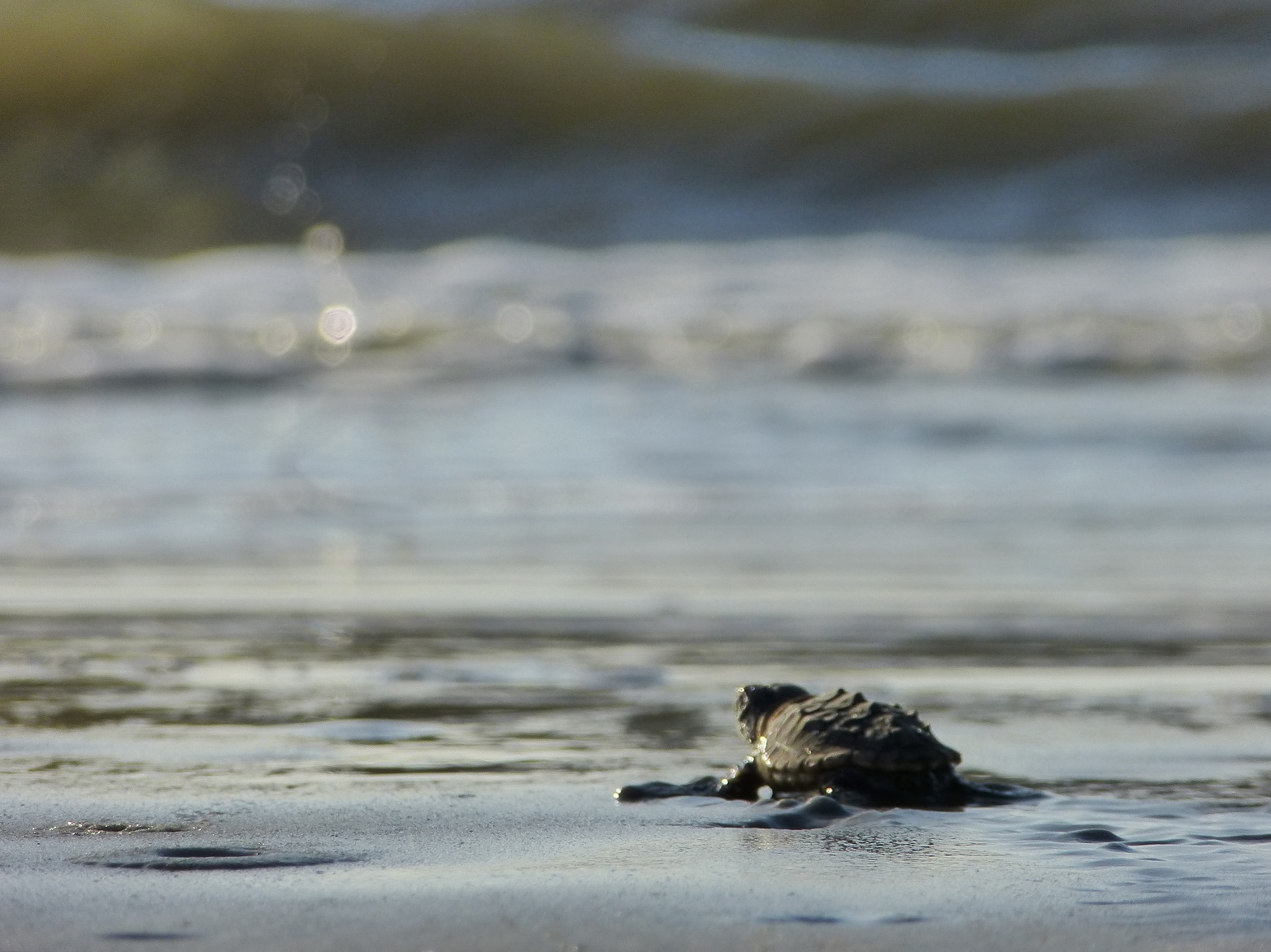Aligning Southeast State Wildlife Action Plans (SWAPs)

When working with state partners to get conservation actions on the ground, there is no better place to start than with State Wildlife Action Plans (SWAPs). Since 2005, SWAPs have been required for states to receive federal funding for conservation actions designed to sustain states’ Species of Greatest Conservation Need (SGCN).
SWAPs are based on science, research, monitoring, and public input. They also represent each state’s unique landscape, opportunities, and challenges. And while each SWAP adheres to eight required elements laid out by the U.S. Congress, each SWAP within the Southeast is different. Because many of the impacts to species are caused by landscape-level changes, like climate change and urbanization, it is important for states to find ways to work together across jurisdictions. This helps ensure that important conservation actions recommended in SWAPs are conducted at scales that are meaningful for sustaining species and appropriate for conservation goals to be achieved.
A special subcommittee of the SEAFWA Wildlife Diversity Committee was formed in April 2021 to identify opportunities for standardizing SWAPs to help states work together across their boundaries. The goal of this subcommittee is to recommend practices that will help align SWAPs across jurisdictions to support and promote conservation actions that will benefit SGCN broadly across their ranges. SECAS has participated in this subcommittee as part of its commitment to clearing boundaries to cross-state collaboration.
Recently, the subcommittee sent each of the SWAP coordinators in the Southeast a survey in an effort to understand how each state or territory develops their SWAP, what tools they use, and what they find most challenging for keeping their SWAP current and relevant. The results of the survey will be used to develop recommendations for how the SWAPs in the Southeast can be better aligned to support conservation actions that, when taken at a landscape-scale, achieve better outcomes for sustaining SGCN. Also, survey results will be used to identify ways that regional partnerships like SECAS can help states revise their SWAPs, promote their recommended conservation actions, and reduce some of the challenges that come with making these plans.
The results of the survey are in, and while the subcommittee has not yet finished the analysis, they are seeing many states consider incorporating climate change information, developing conservation opportunity areas, and identifying or updating SGCN to be a challenge for their next SWAP revision cycle. Identifying these challenges provides an opportunity for SECAS to engage with states in their SWAP revisions and examine how the partnership and the Southeast Blueprint can help.
For more information about the results of the survey or for help using the Southeast Blueprint, contact Louise Vaughn.